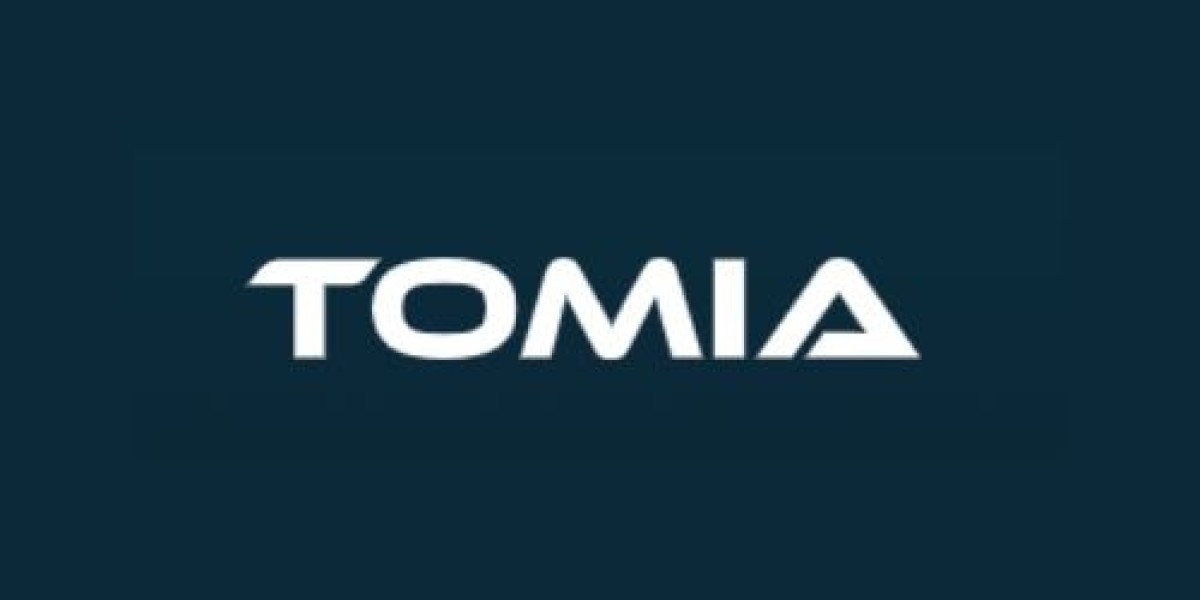The Vital Role of Diagnostics in Critical Care Settings
In the high-stakes environment of intensive care units (ICUs), timely and accurate information is paramount for effective patient management and improved outcomes. The critical care diagnostics market plays a pivotal role in providing clinicians with the essential data needed to monitor vital functions, diagnose acute conditions, and guide treatment strategies for critically ill patients. This market encompasses a broad range of tests and devices designed for rapid and reliable analysis at or near the patient's bedside.
The Breadth of Diagnostic Needs in Critical Care
Critically ill patients often present with complex and rapidly evolving conditions affecting multiple organ systems. Consequently, the diagnostic needs in critical care are diverse and encompass various parameters, including blood gases, electrolytes, metabolites, cardiac markers, coagulation status, and infectious disease indicators. The scope of critical care diagnostics includes a wide array of tests performed on blood, urine, and other bodily fluids. These tests provide crucial insights into a patient's physiological state, helping clinicians to identify and address life-threatening conditions such as sepsis, acute kidney injury, cardiac events, and respiratory failure.
The Significance of Point-of-Care Testing (POCT) in Critical Care
A defining characteristic of the critical care diagnostics market is the increasing adoption of point-of-care testing (POCT) devices. POCT enables healthcare professionals to perform diagnostic tests directly at the patient's bedside, eliminating the need to send samples to a central laboratory and significantly reducing turnaround times. This rapid availability of results allows for quicker clinical decision-making, timely initiation of treatment, and continuous monitoring of patient response. Blood gas analyzers, glucose meters, lactate meters, and rapid cardiac marker assays are examples of commonly used POCT devices in critical care settings. The ability to obtain near real-time data through point-of-care critical diagnostics is invaluable in managing critically ill patients whose conditions can change rapidly.
Key Segments within the Critical Care Diagnostics Market
The critical care diagnostics market can be segmented based on the type of tests and devices used. Key segments include:
- Blood Gas and Electrolyte Analyzers: These devices measure crucial parameters such as pH, partial pressure of oxygen and carbon dioxide, and electrolyte levels (sodium, potassium, chloride), which are essential for assessing respiratory and metabolic status.
- Cardiac Marker Testing: Rapid assays for cardiac troponin, creatine kinase-MB (CK-MB), and B-type natriuretic peptide (BNP) are critical for the timely diagnosis and management of acute myocardial infarction and heart failure.
- Infectious Disease Diagnostics: Rapid tests for the detection of bacterial, viral, and fungal pathogens are crucial for the early identification and treatment of infections, including sepsis, a leading cause of mortality in ICUs.
- Coagulation Testing: Point-of-care coagulation analyzers provide rapid assessment of prothrombin time (PT), activated partial thromboplastin time (aPTT), and other coagulation parameters, essential for managing patients with bleeding disorders or those receiving anticoagulation therapy.
- Metabolite Testing: Devices for measuring glucose, lactate, and other metabolites help in monitoring metabolic derangements and guiding nutritional support in critically ill patients.
Technological Advancements Driving Market Growth
Several technological advancements are fueling the growth of the critical care diagnostics market. These include:
- Miniaturization and Integration: The development of smaller, more portable, and integrated diagnostic platforms allows for comprehensive testing at the point of care.
- Increased Automation: Automated systems reduce the need for manual intervention, minimizing the risk of errors and improving efficiency.
- Connectivity and Data Management: Integration of diagnostic devices with hospital information systems (HIS) and laboratory information systems (LIS) enables seamless data transfer and improved data management.
- Biosensor Technology: Advancements in biosensor technology are leading to the development of more sensitive and specific assays for a wider range of analytes.
Market Drivers and Future Trends
The critical care diagnostics market is driven by factors such as the increasing prevalence of chronic diseases, the growing aging population requiring intensive care, and the rising incidence of infectious diseases. The increasing focus on early diagnosis and intervention, coupled with the demand for improved patient outcomes and reduced healthcare costs, is further fueling market growth. Future trends in this market are likely to include the development of more sophisticated multiplex assays capable of simultaneously measuring multiple analytes, the integration of artificial intelligence (AI) for data analysis and clinical decision support, and the continued expansion of point-of-care testing capabilities.
Conclusion
The critical care diagnostics market is an indispensable component of modern healthcare, providing essential tools for the timely and accurate management of critically ill patients.The continuous advancements in diagnostic technologies, particularly in point-of-care testing and sepsis diagnostics, are playing a crucial role in improving patient outcomes and optimizing resource utilization in intensive care settings. The market is poised for continued growth and innovation as the demand for rapid, reliable, and comprehensive diagnostic information in critical care remains high.








